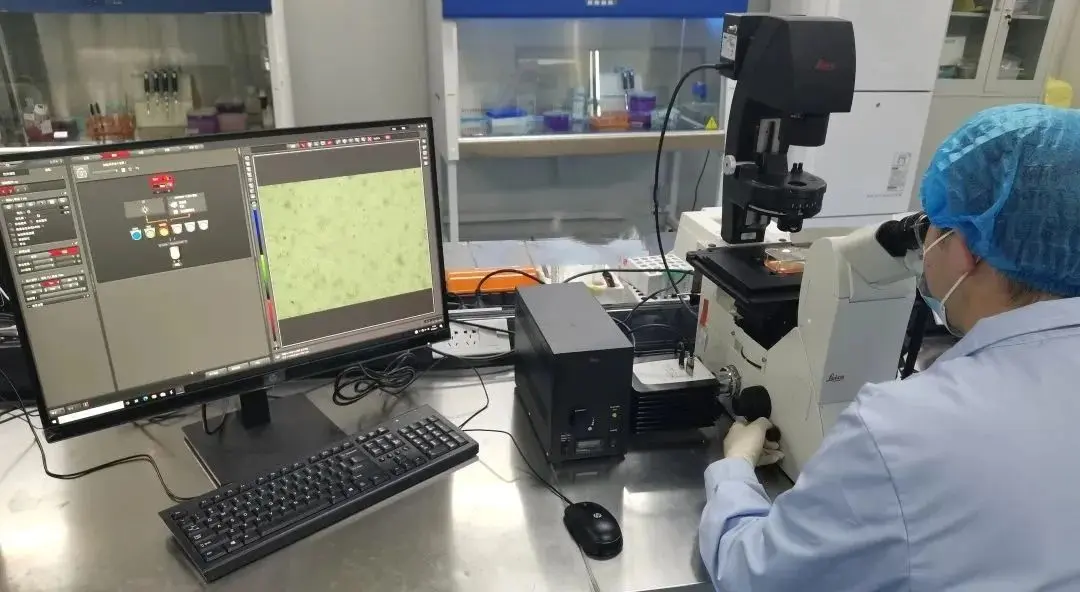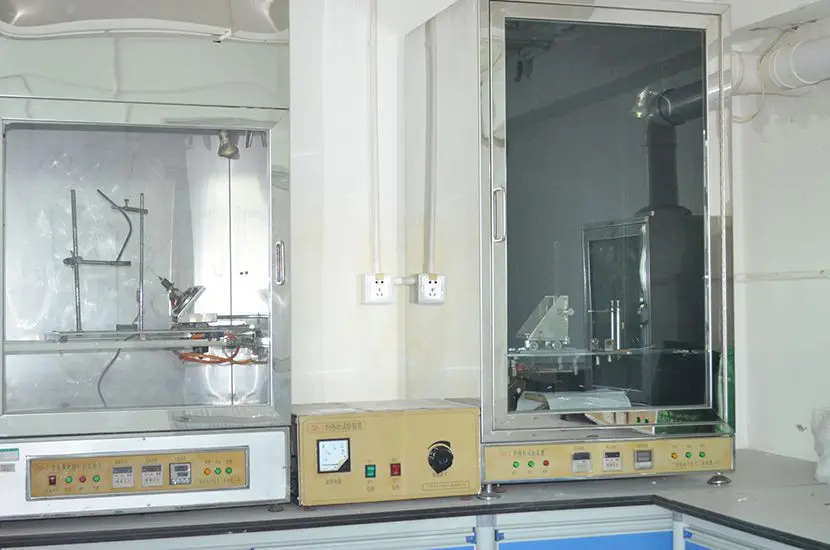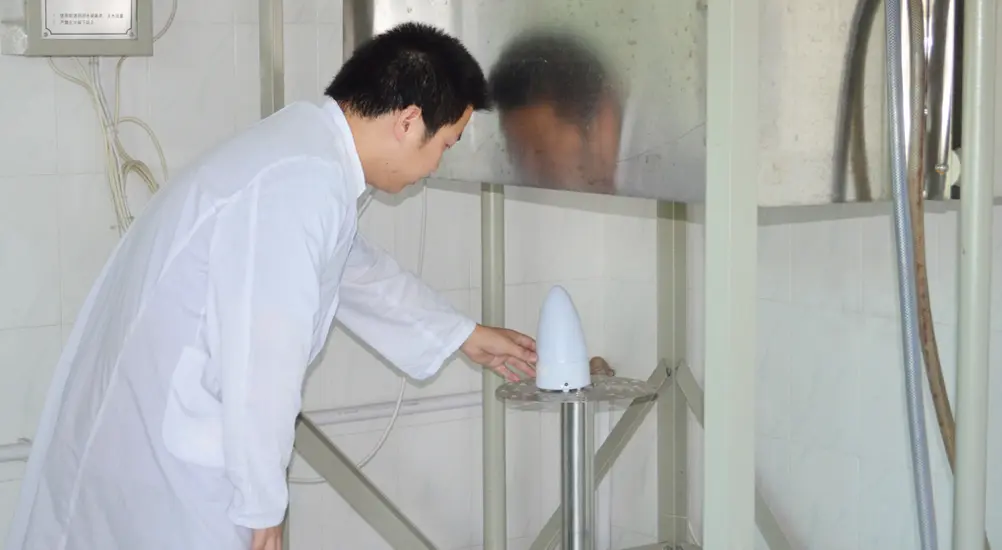
Hair Clipper CE Certification Testing
A hair clipper is a tool used for trimming and styling hair. Abroad, consumers not only go to barber shops for haircuts and styles but also purchase a home-use hair clipper to cut their family's hair. Hair clippers for home use are also one of the most commonly exported products to Europe.
Hair clippers exported to Europe need to apply for CE certification. The CE directives and standards to be followed are as follows:
Low Voltage Directive 2014/35/EU
EN 60335-1, Household and similar electrical appliances. Safety-General requirements
EN 60335-2-8, Household and similar electrical appliances. Safety. Particular requirements for shavers, hair clippers, and similar appliances
Electromagnetic Compatibility Directive 2014/30/EU
EN 55014-1, Electromagnetic compatibility. Requirements for household appliances, electric tools, and similar apparatus-Emission
EN 55014-2, Electromagnetic compatibility. Requirements for household appliances, electric tools, and similar apparatus-Immunity. Product family standard
EN IEC 61000-3-2, Electromagnetic compatibility (EMC)-Limits. Limits for harmonic current emissions (equipment input current ≤16 A per phase)
EN 61000-3-3, Electromagnetic compatibility (EMC)-Limits. Limitation of voltage changes, voltage fluctuations, and flicker in public low-voltage supply systems, for equipment with rated current ≤16 A per phase and not subject to conditional connection
The process for applying for CE certification for a hair clipper is as follows:
1. The manufacturer or its agent submits a preliminary application either verbally or by email;
2. The certification body determines the inspection standards and items to be tested based on EU directives and provides a quotation;
3. The applicant confirms the quotation and signs a contract;
4. The applicant pays the fee and sends samples. The China JJR laboratory arranges for testing;
5. The certification body conducts product testing and reviews the technical documents;
6. The technical document review includes:
a. Whether the documents are complete;
b. Whether the documents are written in official EU languages (English, German, or French);
c. If the technical documents are incomplete or not written in the required languages, the applicant will be notified to make improvements;
7. If the test fails, the applicant will be promptly notified and allowed to improve the product until the test is passed. The applicant must modify the technical documents of the original application to reflect the changes;
8. The certification body provides the applicant with a CE compliance certificate and instructions on using the CE mark, and the applicant pays the remaining 50% of the certification fee;
9. The applicant affixes the CE mark to the product.
Email:hello@jjrlab.com
Write your message here and send it to us
 Most Reliable Medical Device Test Lab
Most Reliable Medical Device Test Lab
 How to Obtain a Cosmetic Product Safety Report
How to Obtain a Cosmetic Product Safety Report
 US and EU Cosmetics Compliance
US and EU Cosmetics Compliance
 How to Obtain SDS Sheets Certification
How to Obtain SDS Sheets Certification
 Personal Care Products MSDS
Personal Care Products MSDS
 Approval for UL 1727 Introduction
Approval for UL 1727 Introduction
 Candle Label Requirements United States
Candle Label Requirements United States
 Laser Product Qualification Consultants
Laser Product Qualification Consultants
Leave us a message
24-hour online customer service at any time to respond, so that you worry!




